Introduction #
In the pursuit of accurate detection and recognition of fruits and vegetables, the authors of the Fruit Recognition dataset acknowledge the persistent challenges posed by the similarities between various fruit types and the complexities of real-world environments, including lighting and background variations.
The dataset consists of 44,406 fruit images gathered over a span of 6 months. These images were taken within our laboratory’s controlled environment under various conditions, as elaborated below. All images were captured against a clear background with a resolution of 320×258 pixels, using an HD Logitech webcam for photography.
In the current era, traditional bar code technology continues to be used in fruit shops and supermarkets for price and source traceback information. Managing individual bar codes for various fruit categories poses challenges for shopkeepers. The authors highlight the significance of machine learning-based algorithms in object detection and recognition, particularly in addressing the preference of customers to select fruits individually rather than opting for prepackaged ones.
The data collection process confronted various challenges, including lighting variations, pose changes, camera artefacts, and shadows. The authors employed the split-and-merge algorithm to remove image backgrounds. To ensure model robustness, the dataset incorporated images with diverse illumination conditions and captured artefacts, specular reflections, and shadows, akin to real-world scenarios in supermarkets and fruit shops. The dataset further enhanced realism by featuring images taken at different times and days. The authors encountered substantial diversity in image quality and lighting. Data samples displayed environmental variations, adding complexity to the dataset. The authors emphasize the importance of a substantial dataset for effective deep learning algorithm training, particularly in cases where fruits share colour and size similarities.
Note, that this is a newer version of the dataset and the actual number of images and their resolution differ from what was described in the paper.
Summary #
Fruit Recognition Dataset is a dataset for a classification task. It is used in the food and retail industries.
The dataset consists of 44792 images with 0 labeled objects. There are no pre-defined train/val/test splits in the dataset. Alternatively, the dataset could be split into 15 image sets with corresponding classes: apple (6161 images), kiwi (4292 images), mango (4154 images), guava (3138 images), banana (3027 images), orange (3012 images), pear (3012 images), peach (2629 images), pitaya (2501 images), plum (2298 images), tomatoes (2171 images), pomegranate (2167 images), carambola (2080 images), muskmelon (2078 images), and persimmon (2072 images). Additionally, some fruit images contain information about different fruit kinds in sub-category. The dataset was released in 2018 by the Karakoram International University, Pakistan, King Saud University, Saudi Arabia, University of Agder, Norway, and Taiz University, Yemen.
Here are the visualized examples for the classes:
Explore #
Fruit Recognition dataset has 44792 images. Click on one of the examples below or open "Explore" tool anytime you need to view dataset images with annotations. This tool has extended visualization capabilities like zoom, translation, objects table, custom filters and more. Hover the mouse over the images to hide or show annotations.



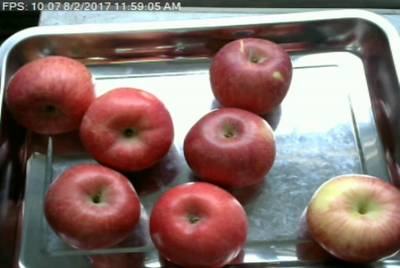







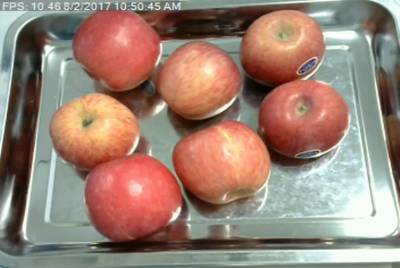



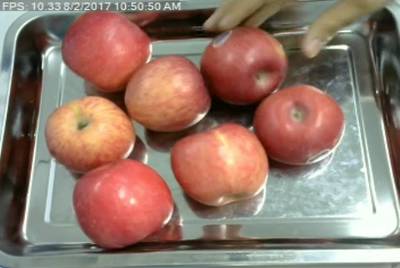



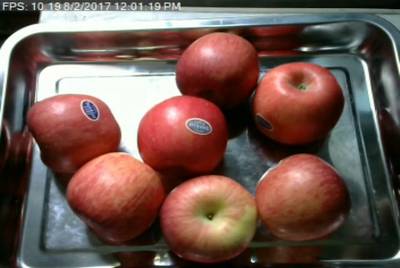





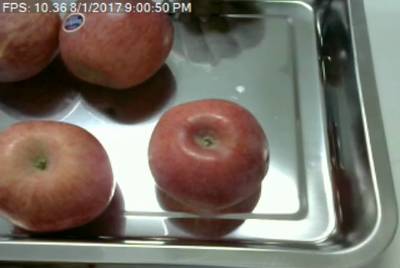

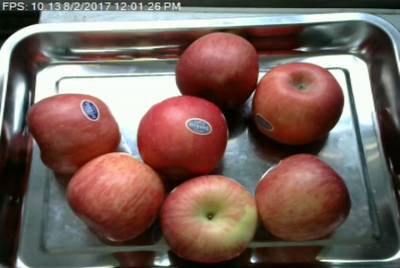

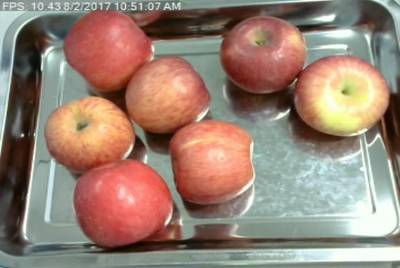







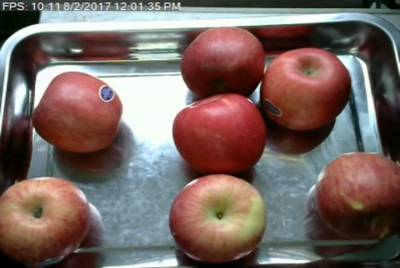

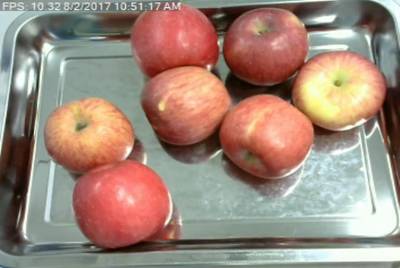

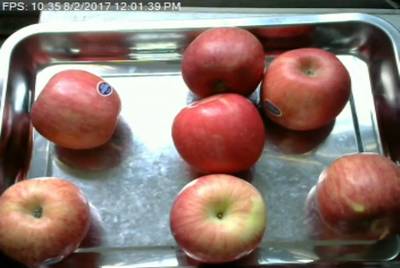

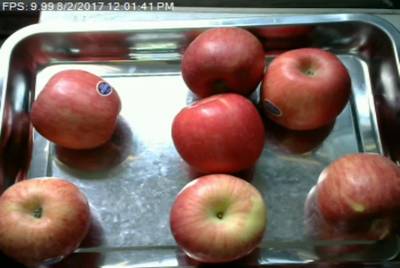

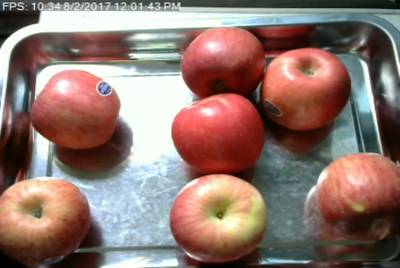



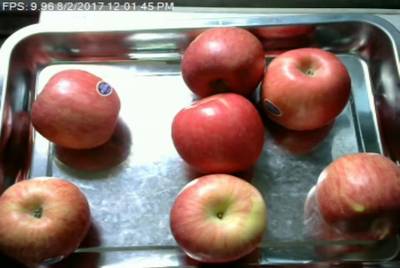



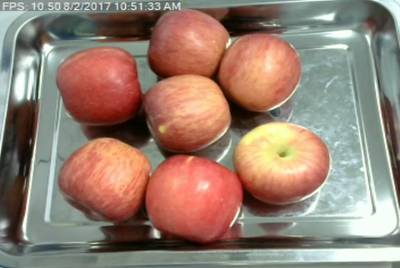



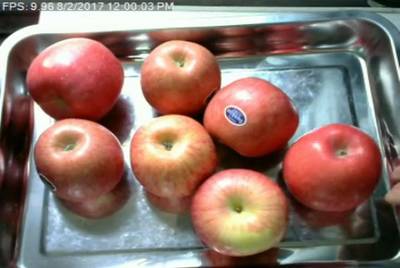

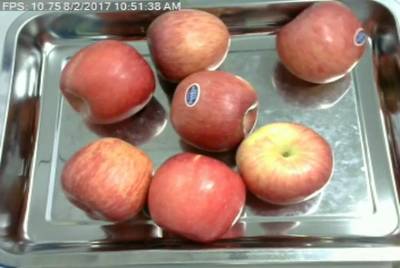
License #
Citation #
If you make use of the Fruit Recognition data, please cite the following reference:
@dataset{israr_hussain_2018_1310165,
author = {Israr Hussain, and
Qianhua He and
Zhuliang Chen and
Wei Xie},
title = {Fruit Recognition dataset},
month = jul,
year = 2018,
publisher = {Zenodo},
version = {V 1.0},
doi = {10.5281/zenodo.1310165},
url = {https://doi.org/10.5281/zenodo.1310165}
}
If you are happy with Dataset Ninja and use provided visualizations and tools in your work, please cite us:
@misc{ visualization-tools-for-fruit-recognition-dataset,
title = { Visualization Tools for Fruit Recognition Dataset },
type = { Computer Vision Tools },
author = { Dataset Ninja },
howpublished = { \url{ https://datasetninja.com/fruit-recognition } },
url = { https://datasetninja.com/fruit-recognition },
journal = { Dataset Ninja },
publisher = { Dataset Ninja },
year = { 2026 },
month = { jan },
note = { visited on 2026-01-14 },
}Download #
Dataset Fruit Recognition can be downloaded in Supervisely format:
As an alternative, it can be downloaded with dataset-tools package:
pip install --upgrade dataset-tools
… using following python code:
import dataset_tools as dtools
dtools.download(dataset='Fruit Recognition', dst_dir='~/dataset-ninja/')
Make sure not to overlook the python code example available on the Supervisely Developer Portal. It will give you a clear idea of how to effortlessly work with the downloaded dataset.
The data in original format can be downloaded here.
Disclaimer #
Our gal from the legal dep told us we need to post this:
Dataset Ninja provides visualizations and statistics for some datasets that can be found online and can be downloaded by general audience. Dataset Ninja is not a dataset hosting platform and can only be used for informational purposes. The platform does not claim any rights for the original content, including images, videos, annotations and descriptions. Joint publishing is prohibited.
You take full responsibility when you use datasets presented at Dataset Ninja, as well as other information, including visualizations and statistics we provide. You are in charge of compliance with any dataset license and all other permissions. You are required to navigate datasets homepage and make sure that you can use it. In case of any questions, get in touch with us at hello@datasetninja.com.


